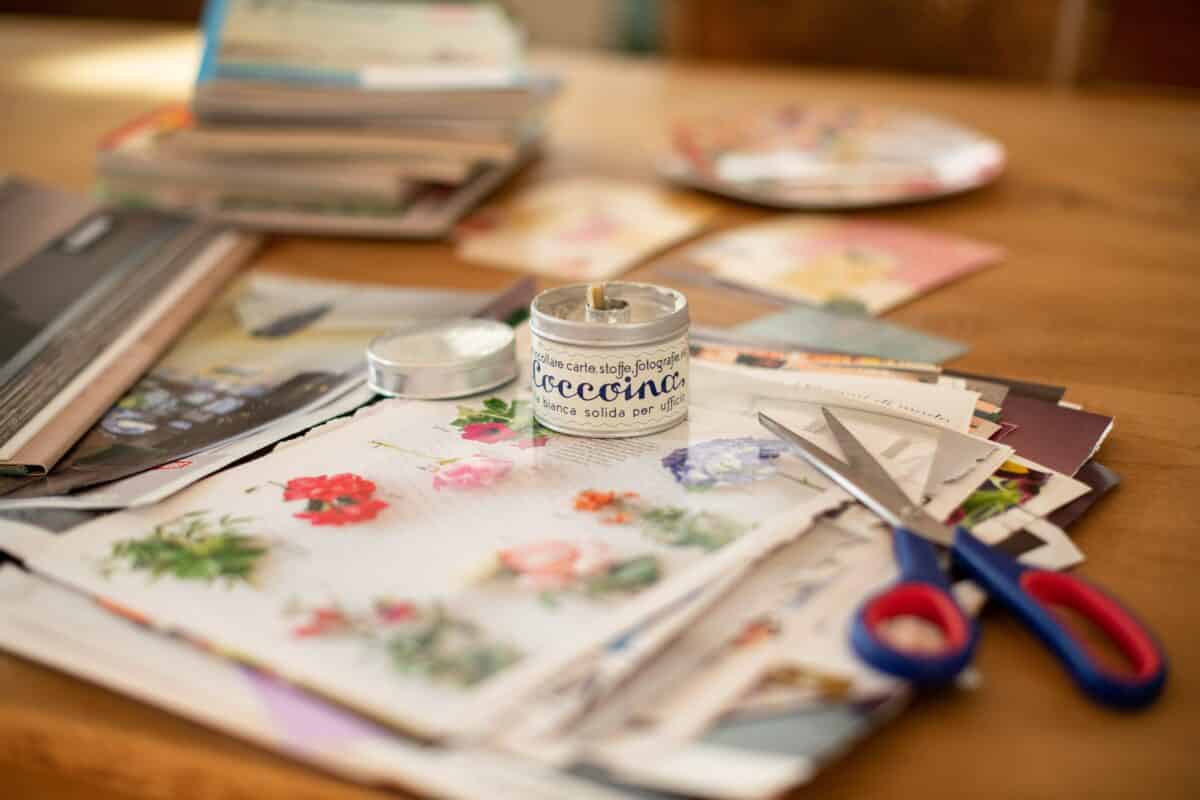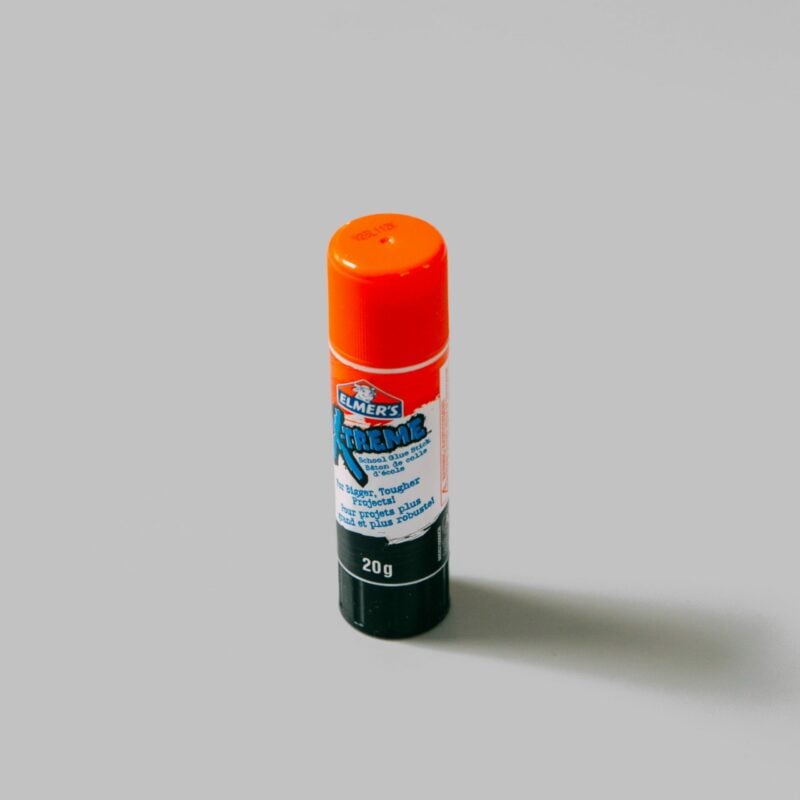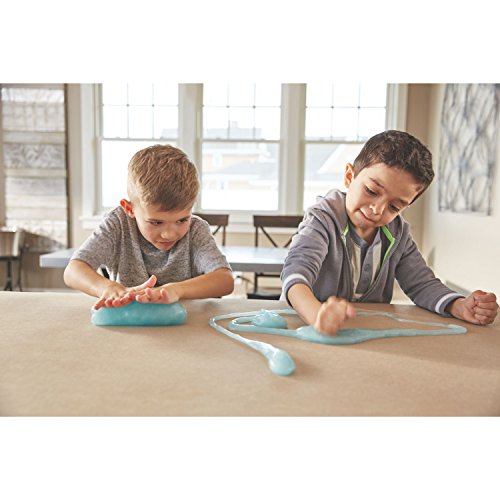We have all used glue at some point, be it for art and craft projects or for fastening broken things.
But do you know all about the different varieties available out there? Well, apart from the few basic types used for DIY projects and minor repairs, there are several others that are meant for different applications.
This seemingly simple adhesive mostly goes unnoticed but is a useful component that literally prevents things from falling apart. That being said, there are more than a dozen different types of glue, each with its unique purpose. While some are used as school supplies, other specialized varieties are used by professionals, including carpenters, cobblers, and plumbers.
If you want to know more about them, take a look at our list.
More often than not, we end up using that same bottle of glue on multiple things and expect it to work. But the key takeaway here is that the type of adhesive suitable for a job also depends on the material and purpose one wants to achieve. That’s why we’ve put together this list to help you choose better.
-
Craft Glue/ White Glue
This is the most common adhesive found at schools, homes, and offices and is an essential commodity in any crafter’s kit. It is undoubtedly the best option for attaching paper and other similar porous items like card sheets.

This water-based glue has zero to low toxicity, which makes it safe for use by both kids and adults. In case of a spill or messy usage, it can be easily removed from the surfaces and skin. Usually, craft glue takes only about a few minutes to dry or an hour at most and is a staple for every DIY art enthusiast.
How to use it?
The glue bottles generally have a narrow nozzle, which works as an applicator. But if you want to get creative, mix it with fine glitter or food color for a vibrant effect.
-
Wood Glue
Wood glue primarily refers to any adhesive that is specifically used to secure pieces of wood and wooden surfaces. For instance, epoxy, polyurethane glue, and hide glue are all different types of wood glue.
These bonding substances are used to make furniture such as beds, tables, chairs, cupboards, decorative wooden items like frames, and so on. Different wood glues are intended for different applications based on the wood’s quality and the purpose of the wooden construction itself. However, all of them have the following properties.
- Superior strength
- Resistant to moisture and damp conditions
- Strong gap-filling ability i.e., it must spread over thinly without creating any gaps between two wooden surfaces.

How to use it?
Wood glue typically takes longer to set and needs a couple of hours or even a day to dry completely. While that happens, you have to keep the pieces pressed firmly together to achieve adequate adhesion.
-
Fabric Glue
This is another specialized variety of glue, as most other bonding agents cannot hold together two pieces of fabric. Be it repairing old upholstery or mending worn-out jeans, fabric glue works perfectly well to put together pieces of cloth and textiles. Depending on your requirements, there are several fabric adhesives you can choose from.
These glues remain flexible even after drying and are usually waterproof so that you can wash the garment or cloth item without any worries.

How to use it?
While some are ready-to-use and look similar to crafting glue, others are sold in a webbing form. The latter has to be melted with a hot iron before application.
Also, to avoid damaging the cloth, you must carefully read the instructions on the label for proper use.
-
Super Glue
Super glue gets its name from its superior bonding properties that make it a suitable option for putting together heavy materials such as metal, glass, ceramic, wood, leather, etc.
At its core, super glue is a cyanoacrylate adhesive known for its quick adhesion and ability to form super strong bonds with a clean, dry finish.

How to use it?
The performance of this glue also depends on surface contact and coverage. That said, too much or too little can affect the durability of the bond. Besides, they dry up very quickly, so be careful not to end up gluing together your fingers.
-
Hot Glue
Hot glue refers to those adhesives that are available in a solidified form and must be heated before use. Upon melting, you may apply it like any other ordinary liquid glue, on almost every material except metal. The triple properties of high strength, fast drying, and ease of use make it a suitable choice for household application.

How to use it?
Hot glue comes in long, translucent sticks that have to be inserted into a glue gun one at a time. These glue sticks are available in different widths for rough and fine use. After cooling, the glue solidifies rapidly and secures the objects.
-
Pressure Sensitive Adhesive (PSA)
PSAs are generally sold in sheets of glue dots. They can be used in a multitude of art and craft projects and even for sticking pictures and pasting notes on a refrigerator. They are mainly suitable for adhesion that will not come under high impact.
How to use it?
PSAs are excellent in creating dimensions so you can use them to give your art more form and stability. Also, they’re super easy to remove, so it won’t be a problem to rectify the wrong placement of these sticky sheets.
-
Epoxy
Epoxies are normally available in two-part components, sold as a single unit. The first part contains the resin, while the latter constitutes the hardener. Some of them are multi-purpose, while others are specially formulated for objects like wood, marble, plastic, etc.

They have excellent gap-filling abilities thanks to their superior cohesive strength. And as such, they are a viable option for household repairs as they can hold up in extreme conditions.
How to use it?
While preparing the mixture, refer to the label to achieve the right proportion. Apply the adhesive immediately after mixing and use a disposable applicator to spread it out on the surface and joints evenly.
-
Spray Glue
Spray glue is another multi-purpose adhesive that is meant for use on various surfaces, requiring more area coverage. However, the durability and bond can vary based on the material it is sprayed on. These are usually used in craft projects, household fixes, and even office applications.

How to use it?
While using spray glue, it’s essential that you work in a well-ventilated room. After spraying, allow the substance to completely evaporate before joining for immediate bond.
-
Polyurethane
Polyurethane itself is an essential component for many types of glues and adhesives, but it’s also sold under the generic name. Similar to epoxies, polyurethane can be purchased in one or two-part systems. That said, it is a marine-grade, waterproof agent that can withstand high tensile strength.

How to use it?
If you need to fasten concrete, plastics, aluminum, steel, wood, or any other material for a lifetime bond, polyurethane is the ultimate solution for your needs. However, we recommend clamping for building strength, which can be achieved somewhere between 6-8 hours.
-
Glitter Glue
As the name suggests, Glitter glue is a fancy crafting glue that is quite popular among kids. Your little ones will love experimenting with this shiny adhesive as it brings more fun to school and home projects. Give them some papers and a pack of these shimmering glues and let them enjoy hours of glittery fun.
These come in a selection of bright colors that sometimes may have a metallic finish as well. So just indulge your little artists and encourage their creativity.
How to use it?
This glue comes in slender plastic tubes for easy handling. Plus, it dries quickly and can be removed by simply peeling it off of the surface or by applying common solvents in case of fabric stains. However, we advise adult supervision while your kids go about their art projects.
-
Glue Pen
Glue pens usually contain a clear liquid adhesive that dries quickly and provides a neat, transparent finish. They are available with differently shaped tips and are suitable for creating thin lines to fill in small cracks and finely join small objects.

How to use it?
Use it on small items for a precise and accurate fastening. Make sure that the tip is appropriate for the task at hand.
-
Glue Dots
Glue dots are a form of solidified adhesives that are normally sold in rolls, sheets, or dispensers specially designed for this purpose, facilitating easy application. These sticky dots can be conveniently put anywhere, and the best part is that they are removable. These can yield substantially long-lasting bonds for lightweight objects.

How to use it?
Glue dots are great, hassle-free adhesives that can also be used to create dimensions, so you may use them as design elements.
-
Glue Stick
We have all used one of these in our childhood, as they are an integral part of any craft starter kit. Glue sticks come in plastic tubes containing a roll of soft and pasty adhesive that can be directly applied to the surface by rubbing on it.

It dries rapidly after application and is quite user-friendly both in terms of handling and cleaning. High-quality glue sticks provide a long-lasting bond, but sometimes you may find the pieces joined earlier coming loose.
How to use it?
These are usually used in paper projects that require minimal adhesion. Glue sticks dry quickly and leave a clear surface, which makes them suitable for sealing envelopes, labeling, paper crafting, DIY projects, and scrapbooking.
-
Rubber Cement
Rubber cement is a type of drying adhesive, made of elastic polymers and solvent that gives it a rubbery texture. There are quite a few rubber cements available on the market, formulated for specific uses. Some of them work as a multi-surface adhesive, whereas others are designed for particular materials only.
That said, make sure to read the label and check whether the surfaces can be joined with the adhesive you are choosing.
How to use it?
Rubber cements are mainly preferred for use in handicrafts as they form strong and highly durable bonds. They’re ideal for pasting work as the adhesive is designed to peel or rub off easily without leaving behind any residue.
While joining two materials, rubber cement must be applied on both surfaces for a secure attachment. You can use this high-performance glue on glass or metal as well as for paper crafting and scrapbooking.
Popular Glue Brands
-
Elmer’s Glue
Elmer’s glue is a staple product across American households and schools. Produced by the America-based company, Elmers, this synthetic, white glue is perhaps their flagship item, available in multiple sizes.
Whether you’re making school crafts or a DIY project, Elmer’s glue is definitely a go-to product that offers high adhesive capabilities and ease of use.
-
Tacky Glue
Looking for glue to put together silk, burlap, ceramic, or miniature objects? Buy yourself a Tacky glue, an all-purpose adhesive that can do the job of sticking odd surfaces together.
Its non-toxic and fast-drying formula is suitable for different materials, but do not apply it on fabrics that have to be washed later on.
-
Mod Podge
Mod Podge is among the most reputed craft suppliers in the U.S.A. and beyond. It is essentially decoupage, meaning it serves as an adhesive and a sealant. Therefore, this all-in-one product joins two surfaces and seals them with a nice, glossy finish.
Mod Podge is usually preferred for paper crafts, but there’s no reason you should not experiment with it. In fact, it also works on fabric and small pieces of wood, creating a transparent, laminate-like layer.
General Glue Instructions
All glues have the same purpose – to join things together. However, their application and performance may vary depending on their composition and other factors. Nevertheless, we’ve compiled this instructional guide that will help you work better.
- Clean the materials
Make sure there is no dust, grime, or moisture on the surface as this can weaken the bond and performance of the glue.
- Keep a scrap piece of cardboard and rags
Let’s be honest, glues can get messy, especially if you don’t have the right applicator. So keep a rag and cardboard close within reach to clean up accidental spills immediately.
- Work in a well-ventilated space
Some glues contain harmful chemicals and release toxic fumes. Ideally, you should work in an airy place to avoid ingesting any such substances.
- Lightly sand the materials
For certain adhesives to work, light sanding or scoring is essential. For instance, if you’re working with metals, ceramics, or wood, this step will go a long way in creating a stronger bond.
- Get help
For considerably larger and heavier projects, you may need a hand to put things together.
- Plan ahead
Think ahead about how you will clamp the project and where you’ll keep it for drying, before starting. You don’t want to stop midway in your project with the glue all over the surface.
- Read the directions
This is basic. Every type of adhesive is different, so make sure to read the directions thoroughly and then apply.
Some Useful Glue Tips
Now that you know all about your adhesive options, we would like to share some practical tips that will come in handy while working with any of these glues.
Take a look at them now.
- To prolong the glue’s effectiveness, seal the container or tube immediately after use.
- Wipe off the excess adhesive on the inside of the cap before closing to avoid struggling to open it the next time you have to use it.
- Unused glue often hardens over time, and it’s quite wasteful if you have to end up throwing it away. Try storing it in a refrigerator instead.
- While using any type of glue, first check if it fits the description by conducting a patch test on a small area, ideally at the corner.
- Smooth and shiny surfaces can sometimes be difficult to bond. Roughen those surfaces first by rubbing them with sandpaper. This ensures better adhesion and longevity of the glue.
- Do not apply too much or too little. The best way to put glue is to create a line of beads to ensure adequate distribution across the surface.
- If the glue takes too long to dry, you can use your hair dryer to speed up the process. After fastening the surfaces just blow the hot air across the joined area.
- Adhesives like superglue can be easily removed with the help of solvents like acetone. Soak the affected skin in warm soapy water for a couple of minutes before applying acetone or an acetone-based solution like nail polish remover.
- If your glue does not come with an applicator, get the right tool for the correct way of use to ensure even coating.
- There are several ways to remove sticky goo, but make sure to read the label before employing any such technique.
Conclusion
In this guide, we’ve mentioned the most common types of glues that are used in home and professional applications. However, there are several others meant for specialized use and can be found in stores and online.
But before we sign off, here’s a small piece of advice. If you’re letting your children use glue, make sure to teach them the right way, so that they make minimal mistakes on their projects. Also, as an added precaution, you can buy them non-toxic, water-based glue.
That’s all, folks. We hope we can provide you with all the information you need, now just buy some glue and get cracking on your project.
Till next time!
Related Articles



